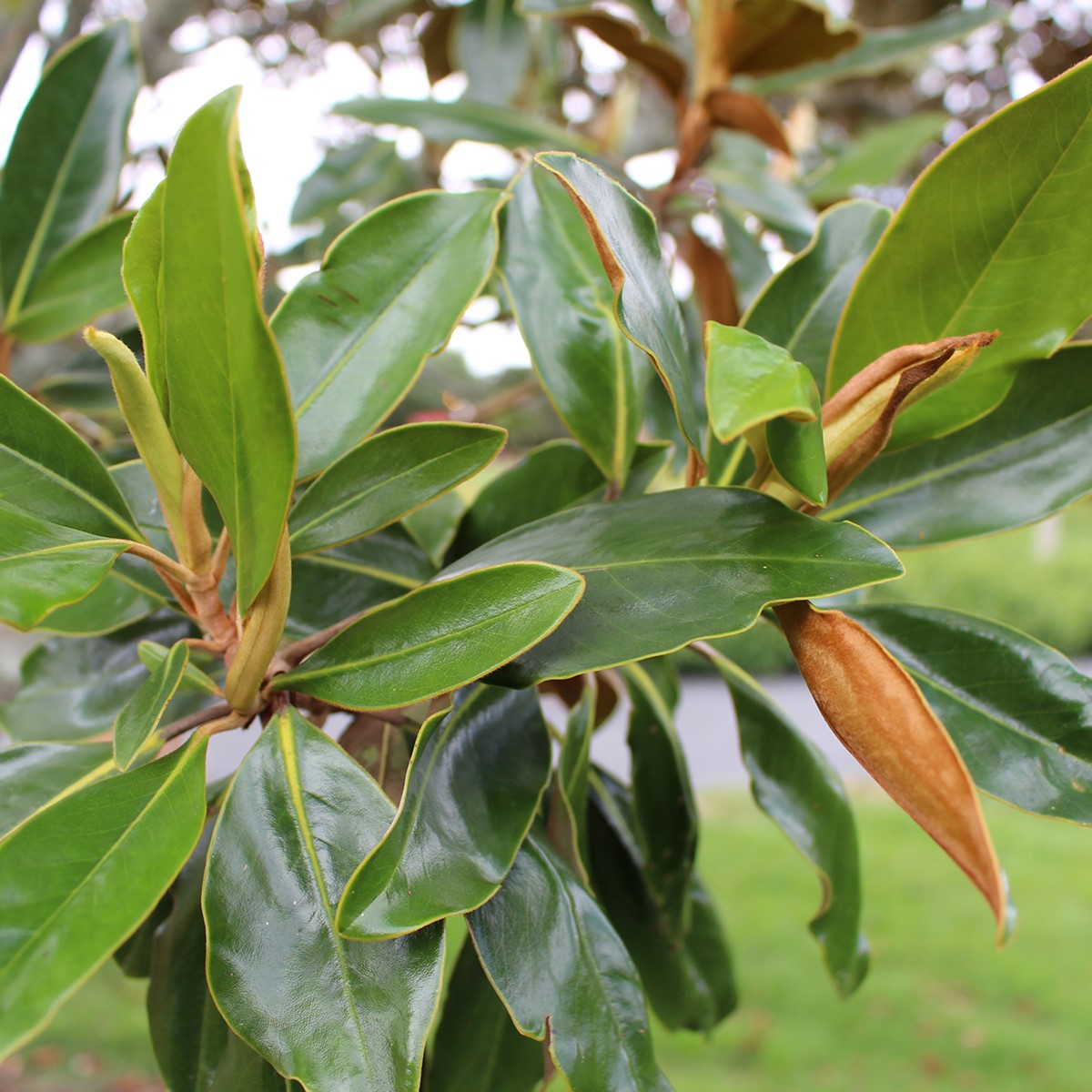Physical characteristics
Short, perennial dahlia that grows up to 50cm tall.
Flowers and foliage
Glossy
Preferred site
Prefers a shelte
Preparation for planting
Always choose healthy, well-grown
Soil drainage may be improved by incorporating a generous layer of coarse sand or by adding an extra layer of topsoil to form raised beds. Before planting, incorporate generous amounts of compost or well-rotted farm manure.
Maintenance tips
Let
Remove faded blooms to prolong the flowering season but leaving a few buds to set seed to encourage seed-eating goldfinches into your garden. At the end of the season, each plant will have formed a tuber that may be left in place over the winter months if the soil is well-drained. Otherwise, tubers may be lifted and sto
Propagation of dahlias is easy, as they can be divided before replanting in spring. Buds of Dahlia tubers are restricted to the area where the old stems join the swollen tuber; this is called the crown. These buds are clearly visible when the plant is lifted and the soil is washed off. Tubers are best divided at this time, as after the tuber dries out they are not easy to see and can be damaged. Alternatively, divide in spring after the buds have started growing. New shoots may be taken as cuttings and placed in a pot or sand and kept moist. They will produce roots very quickly; keep in a pot for a few weeks and then plant it out as a
Ecological and biodiversity benefits
Attracts bees and birds, particularly seed-eating goldfinches.
Pests and diseases
Generously space
Viral diseases may be recognised by poor growth and mottled
Dahlias may also be affected by caterpillars and leaf spot. In spring, new shoots are often susceptible to slug and earwig damage. To control earwigs, place
Location at Auckland Botanic Gardens
Perennial Garden


.jpg?anchor=center&mode=crop&width=1200&height=800&rnd=132072195795630000)
.jpg)
.jpg?anchor=center&mode=crop&width=1200&height=1200&rnd=131732822304530000)

.jpg?anchor=center&mode=crop&width=1200&height=1200&rnd=132106949760530000)
 .jpg?anchor=center&mode=crop&width=1200&height=1200&rnd=131732822977030000)